The iOS 8 Review
by Brandon Chester on September 17, 2014 1:00 PM ESTCamera
iOS 8 puts a lot of focus into improving the camera and photo editing experiences on iOS. Earlier this year we reported on Apple's improvements to the iOS camera APIs that Apple had talked about at WWDC. For the full rundown of the changes Apple has made you should take a look at that article. A basic summary is that Apple has exposed almost every camera option imaginable for developers to use. The caveat comes with the last part of that statement.
While iOS brings many new possibilities for third party camera apps, Apple has always tried to provide a good shooting experience in the stock Camera app with minimal settings to play with. Nonetheless, Apple has still made some improvements to the stock Camera application and very significant improvements to the editing options in the Photos app. However, the improvements to editing come with a cost that I'll discuss later on.
As you can see above, Apple has introduced a slider for controlling image exposure. To invoke this feature a user must tap to focus on a specific area and then slide their finger up or down on the viewfinder to move the position of the sun on the slider. The exposure control does not work when using the camera's autofocus.
Under the hood it seems that Apple's algorithm alters exposure primarily by changing the ISO value. When the ISO hits its upper or lower bound it then resorts to increasing or reducing the shutter speed. It makes sense for Apple to implement the setting in this way as reducing the ISO when aiming for a darker exposure reduces image noise, and avoiding longer shutter times for brighter exposures reduces the chance of shaky or blurry images which can be especially problematic on the iPhones (other than the 6 Plus) which lack optical image stabilization.
Apple has also implemented a shutter timer and a time-lapse capture mode. The shutter timer is fairly self explanatory; it lets the user set a 3 or 10 second delay before the camera takes a photo. The LED flash will blink along with the timer, and the app will take a 10 photo burst shot in case one of the subjects in the photo blinks. The time-lapse feature requires a bit more explanation. Time-lapse captures a photo every two seconds and creates a 30fps video file using the captured photos. This allows for videos of things that occur over long periods of time such as clouds moving, condensing one minute of photos into one second of video.
It's definitely an interesting effect, though it should be noted that the photos are taken at a 1920x1080 crop for a more standard video resolution. Support for 3840x2160 recording would be nice but the iPhone's 4:3 8MP sensor isn't capable of capturing images at that resolution. The other thing to make note of is that because the time-lapse mode is capturing photos, the resulting video file has no audio track, but that's not really a problem with this sort of content.
One final thing to mention is that those who use their iPad for photography will be happy to hear that both the time-lapse and shutter timer features have made their way into the iPad Camera app.
Photos
The Photos app receives a number of improvements in iOS 8. The changes can be divided into two categories. One is the improvements to photo management and integration with iCloud, and the other is a huge improvement in the capabilities of the Photos app's built-in photo editing functions.
The album view receives several new sections. The camera roll no longer exists, having been replaced by the new Recently Added section. Given that the camera roll had become the storage section for every saved photo, it wasn't much of a camera roll anyway. Two new albums have been added to store Time-lapse videos and Recently Deleted photos. On previous versions of iOS, a photo or video could not be recovered once it was deleted; on iOS 8 deleting a photo sends it to the Recently Deleted album where it will actually be deleted from the phone after 30 days. Deleting it again from within the Recently Deleted album deletes it permanently.
New options have also been added to the Photos & Camera section of the Settings application. With all the new iCloud related features in iOS 8 comes a new option to have all photos kept in iCloud, with the most recently viewed or accessed photos also cached locally. This may sound a lot like Photo Stream to some users so it's worth explaining how they differ. Photo Stream is not a place where photos can be kept. Photo Stream keeps photos that are taken for 30 days and pushes them to any devices connected to that Photo Stream. Once those 30 days are over the photo is deleted from iCloud and any newly connected device will not receive it. The iCloud Photo Library acts as a permanent storage for photos that can always be accessed.
Because it's rare that a person will leave a device unconnected to the internet to sync with Photo Stream for more than a month, the choice between using Photo Stream and iCloud Photo Library really becomes a question of whether the user wants photos to be stored locally or in the cloud. Photo Stream does not count against the 5GB of iCloud storage given free to every user but the photos must be kept on a device's local storage to be preserved. With iCloud Photo Library every photo is kept safely in the cloud but each photo stored takes up space in iCloud.
For users who take lots of photos it may be best to use Photo Stream and to keep photos backed up to a computer or another cloud service with more free storage. For users willing to spend extra money, purchasing additional space in iCloud is also an option. Users can also enable both features simultaneously but this results in each photo using storage in both iCloud and on all devices, which isn't an efficient use of space.
This brings us to a point that's more about iCloud in general. The 5GB of free storage for iCloud is quite small compared to what Apple's competitors in this space are offering. Both Google Drive and Microsoft OneDrive offer users 15GB of storage for free. I suspect that with Apple continuing to build out their iCloud service that we'll see the 5GB limit increased, or features like iCloud backups will be changed to no longer be counted as space used.
Update: I've received reports from users that iCloud Photo Library is not included in the final release of iOS 8. For users that have the Yosemite developer preview or consumer preview installed and signed into iCloud, the iCloud Photo Library option will be on your device. For all other users, it will be introduced in a later iOS update in October as a beta feature. Thank you to nvmarino in the comments for figuring that out.
Editing receives some great new tools as well. iOS 7 didn't have much in the way of editing beyond an auto-enhance function, filters, and cropping. iOS 8 brings a new rotation feature to the cropping menu for fixing skewed photos, new color and light controls, and the ability to include custom filters from third party applications.
Above you can see the new interface for rotating photos and the menu for adjusting image color settings. When selecting a setting to alter, the application provides the user with a simple slider that adjusts various settings like saturation, contrast, brightness, etc. These separate settings can also be changed manually by the user if they want to go beyond the simplified slider interface. All edits made in the Photos app are non-destructive, and the image can be reverted to its original look at any time. The new editing features are a nice addition to the Photos app, but as I stated earlier there's a cost to these changes:
These changes mark the death of iPhoto for iOS. The problem with this is that the new features in the Photos app don't provide anywhere near the number of editing options that were available in iPhoto. Some users may feel that this is another step in a trend of Apple snubbing power users, much like when the 2013 update for Apple's iWork suite removed AppleScript support and various features in an attempt to have parity between the iOS and OS X applications. Many of those features were eventually re-added over time, but with Photos being a stock iOS application it can only receive improvements as part of iOS software updates. It will be interesting to see what Apple does in this situation. It's possible that, much like their retirement of Aperture and work to help users migrate to Adobe's Lightroom software, Apple may feel that other developers are better suited to create comprehensive photo editing applications for iOS.


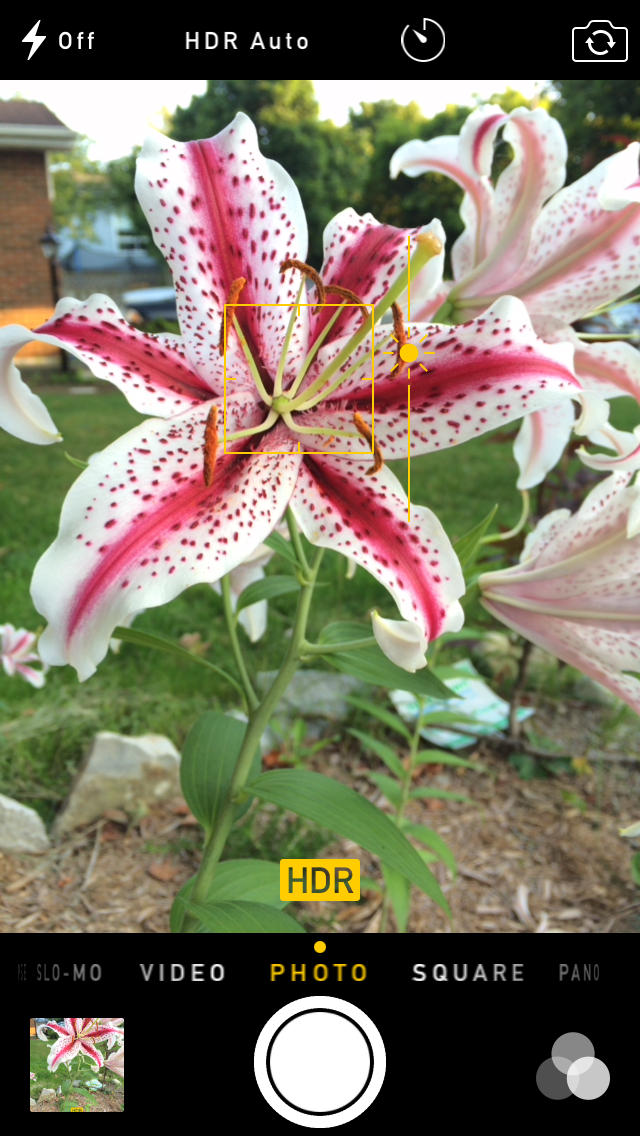
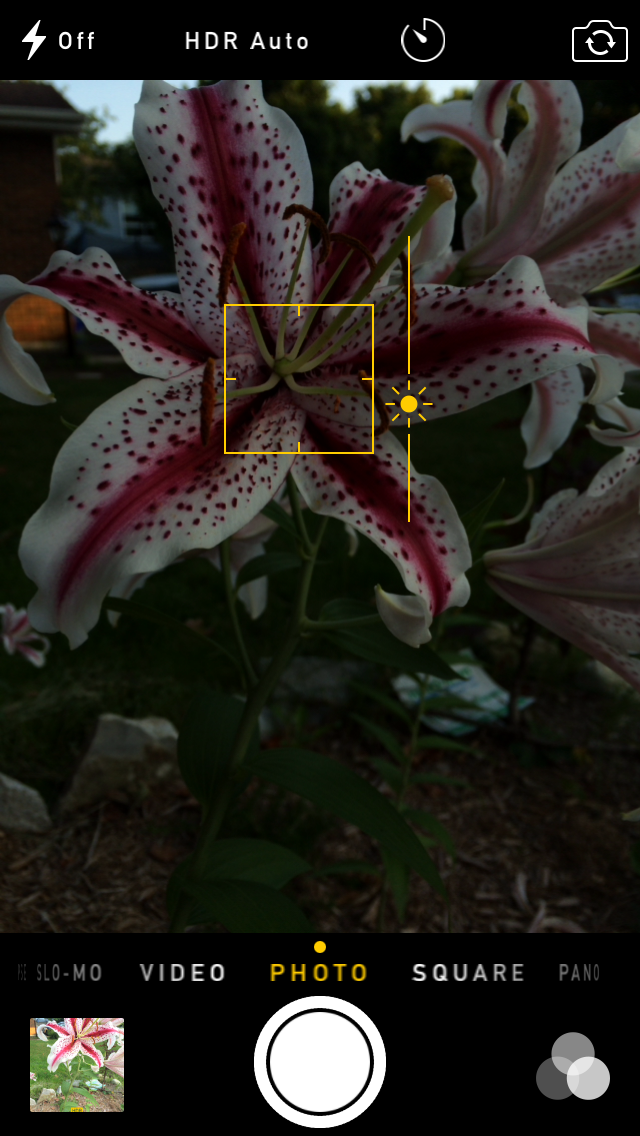
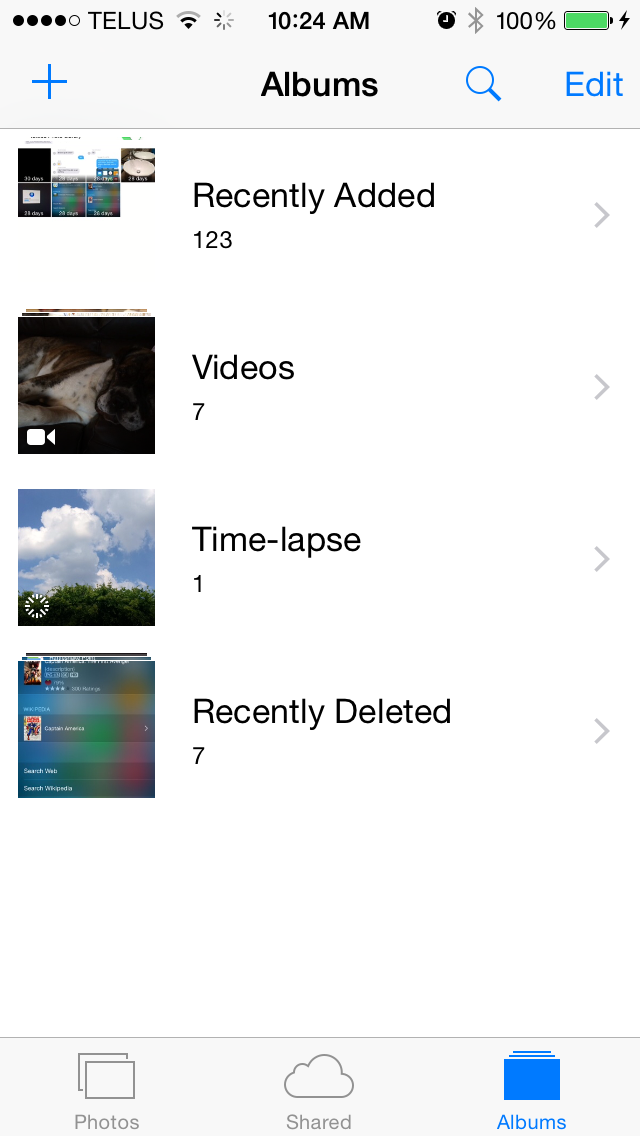
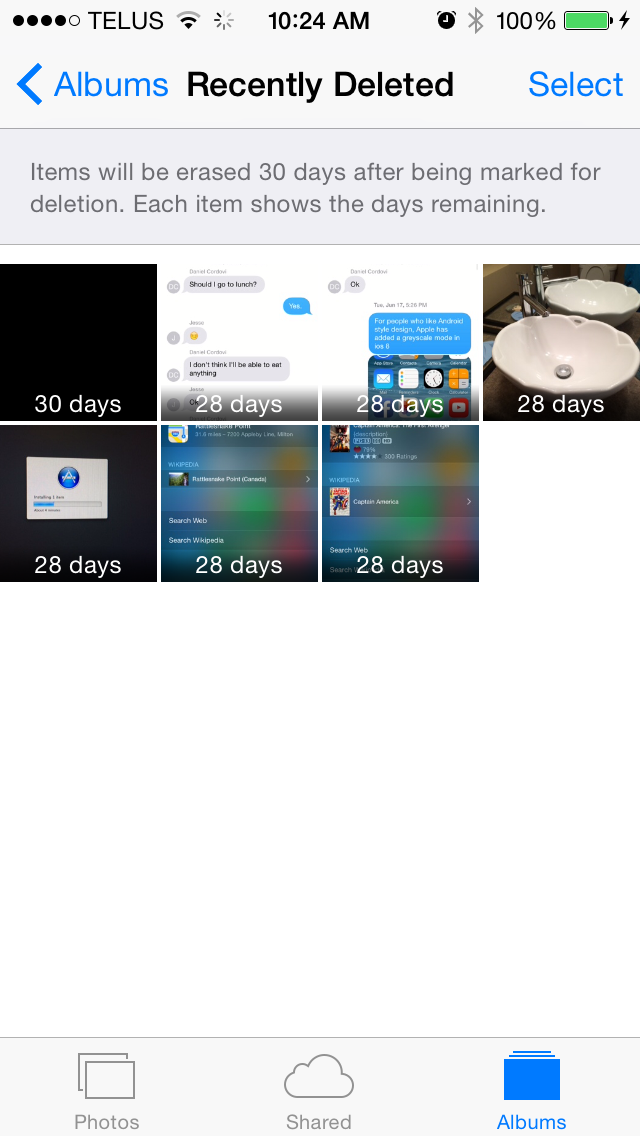
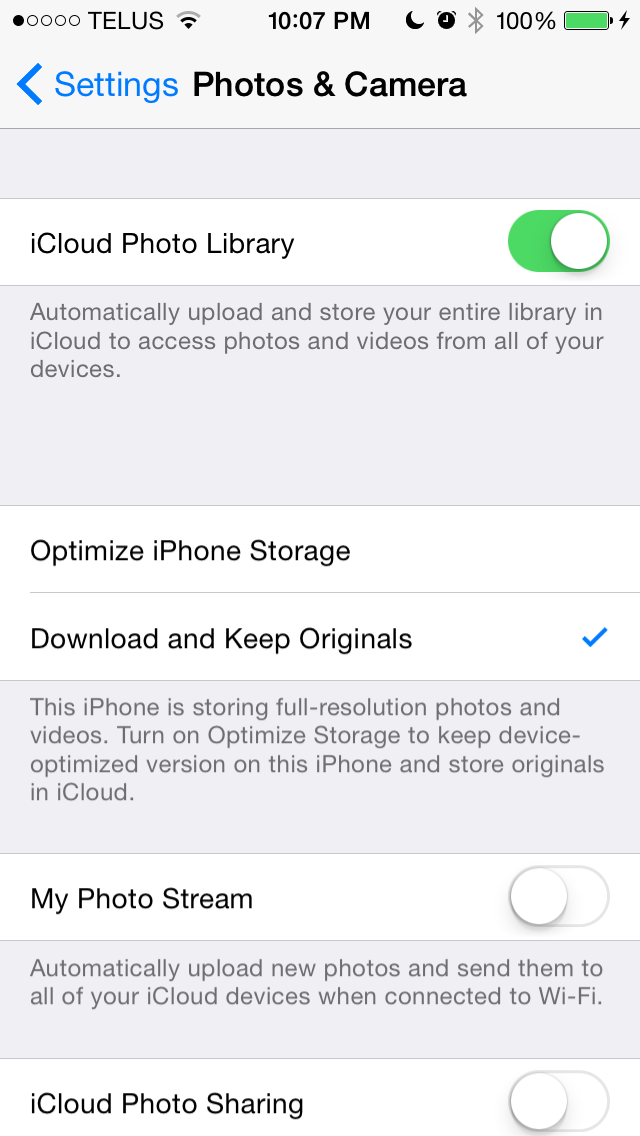


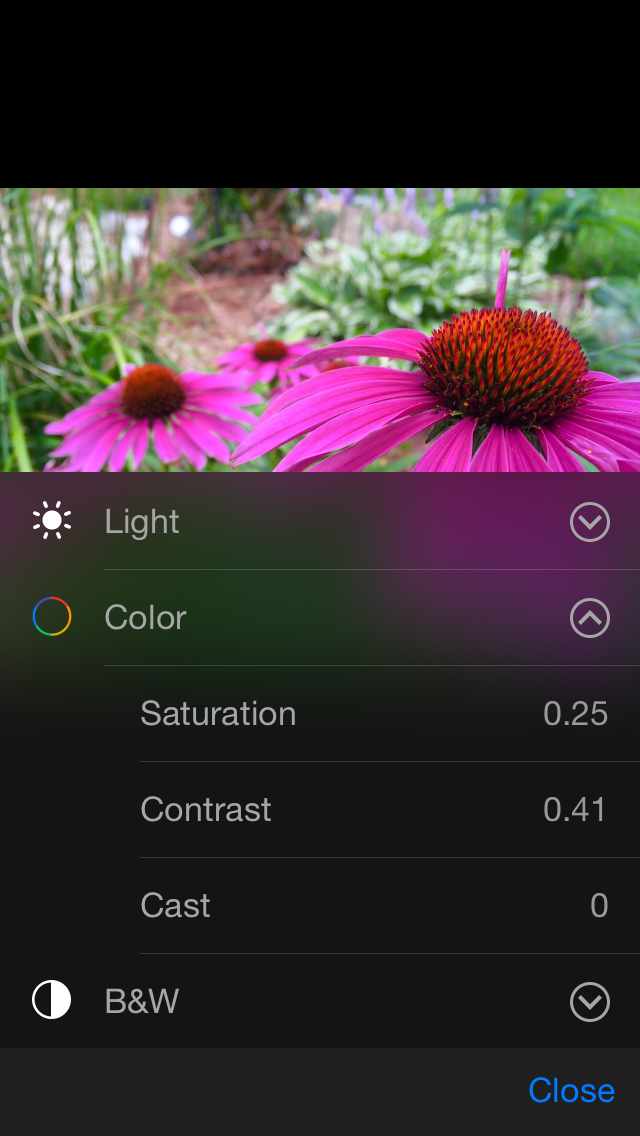
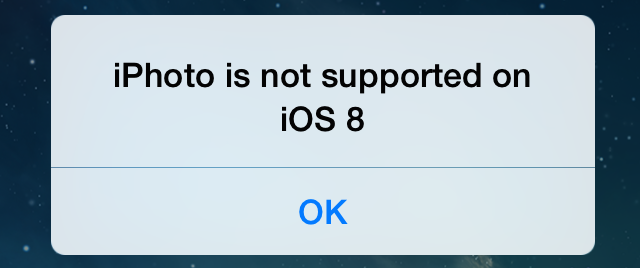








164 Comments
View All Comments
oynaz - Thursday, September 18, 2014 - link
What's absurd is expecting everyone to have or create a phone number account in order to use SMS.FTFY
wireframed - Saturday, September 20, 2014 - link
Yeah, now we need phone numbers for our phones? What is this bs?! What's next, needing to have an email to use Google+?crimson117 - Wednesday, September 17, 2014 - link
Assuming you've installed Hangouts and don't jus tuse the custom messaging app that came with your phone...vinospam - Thursday, September 18, 2014 - link
For all those crowing about how Hangouts simply work - here's one fact that renders any Google based messaging system mostly unusable to over 2 Billion people right now. All Google sites, apps and services are blocked in most of China. I was traveling for business in China for 2 weeks and on China Unicom network. Gmail, docs, hangout, google groups - nothing is accessible. You can still get Gmail via IMAP and POP but the gmail.com website is inaccessible. In some big cities like Shanghai - some providers have managed to get around it but its rare. Dropbox and Box also did not work. And what about iMessage, FaceTime, iCloud and Apple Apps - they simply did. Now conspiracy theorists will immediately say Apple is in cahoots with the censors in China and NSA (everyone except Putin's intelligence services apparently) - but I don't care. I need to keep my business going and trying to be a nerd is not a big priority. Apple's devices just work - and thats it.theuglyman0war - Thursday, September 18, 2014 - link
wow that is extremely sad. I feel for u.Just horrible times we still live in.
:(
bznotins - Thursday, September 18, 2014 - link
I was recently vacationing in China and just got a VPN service. Everything works perfectly then. Cheap, too ($30/year).Nam3less - Friday, September 19, 2014 - link
You cant use VPN all the time especially when you are on the GO on 3G or 4G services. Keeping VPN just drains the battery too as it has to maintain a constant connection for it. At home / office, i think its workable. Thats the pain currently living in China.Nam3less - Friday, September 19, 2014 - link
Very very good post. I have been living in China for almost a decade and most of the foreign web services are more or less blocked unless used with VPN. I have a Note 2 and since sometime most google services, Box, Dropbox are not working properly at all. Hell even google Maps doesnt work properly.Compared to Apple and Microsoft too in this case, their services are working so far. Apple maps are the best in China because they use the date from Autonavi and it shows results in English and Chinese as expected. Problems arise when you try to use routing Software such as google maps (which wont work) or any other Chinese mapping apps which works only in Chinese. Hence for this reason i am seriously considering IOS or Windows devices. Android is no 1 in China but its mostly by Chinese company who replace all the google apps with their chinese counterpart so people dont mind using them. I seriously think that google should think of complying with Chinese regulators again so their services work without being blocked. Until then Google services cant be used. Big factors for many foreigners like me living here.
Sushisamurai - Friday, September 19, 2014 - link
unfortunately... Gmail IMAP and POP don't work as great anymore, and this is real-time in china. Almost all google services are shut down here in China. Don't even get me started with FB syncing for apps for multiple devices... ... I wish they just used game center/icloud, cause now I have unsynced applications on multiple devices. What a mess.FATCamaro - Thursday, September 18, 2014 - link
Good job!! Hangouts and SMS got integrated last yer. iMessages and SMS have been integrated for nearly FIVE years!